No One Way
Permanent link
Stacey shares some of her High Holiday traditions, and traditional recipes
As I have mentioned before, my Judaism, while deeply rooted and very important to me, is something that falls more on the side of culture and tradition and less on the side of religion or spirituality. But there are certain aspects of every holiday that resonate for me, and one of the things I appreciate about being Jewish, is that I can feel free to cherry pick the pieces I like and leave the rest behind.
As we look towards the High Holidays, I thought I would share some of my traditions, and some of my traditional recipes, with you.
As my family did not, and does not, belong to a temple, the high holidays are always spent with family and friends. Actually, the friends in question are basically family. I’m blessed with several families, extra parents abound (all of the love and advice and support but none of the discipline or college tuition), and I’ve got enough siblings-by-choice to sort of feel fundamentalist Mormon. Not to mention a truly ridiculous number of bonus nieces and nephews. Some of my earliest memories are of spending the high holidays with different configurations of these special friends.
Often we gather at my family’s weekend place in the country, a place away from the hustle and bustle, with plenty of trees and green, wide open sky and fresh air. A place where, if one is inclined to commune with a higher power, it seems like the deity of your choice just might be hanging out. Sometimes the day includes a field trip to a state park for a long walk or to the Botanical Gardens or, if schedules keep us downtown, a swing by the Lincoln Park Zoo or the Conservatory.
After some happy outdoor activity, sort of a nod to Adonai, ‘thanks for all the cool nature and stuff!’ we repair to the nearest convenient living room. If it’s Rosh Hashanah, there are apples and honey to snack upon and possibly kichel if someone has been to Kaufman’s recently. If it’s Yom Kippur there’s a rousing chorus of “Isn’t it sundown somewhere?” and “I don’t think I’ve ever been this hungry in my life!” And before you get all shocked that most of our merry band of skip-the-services practitioners actually do fast, it is important to note a few things. One, we almost never make it all the way to sundown, we tend to break out the chopped liver round about 3:30pm, and feel virtuous to have made it that far. Two, the fasting packs a devilish one-two punch, it both connects you meaningfully to the tradition without having to sit through services all day, and also gives you total guiltless permission for a major Jew-food binge for the rest of the evening.
At some point in the afternoon, we break out the “All things Jewish explained” books, and take turns reading about the origin of the holiday at hand. On Rosh Hashanah we might offer up some new year’s resolutions to the group, on Yom Kippur there is meaningful atonement-type eye contact around the room, in case you may have accidentally offended someone present.
And then there is the meal. We go full-on traditional for holidays, with my grandmother Jonnie both cooking and providing recipes, the two meals are a true connection to our history. For Rosh Hashanah, there’s matzo ball soup and brisket, served with farfel with mushrooms and onions, or kasha varnishkes. Round challah, of course, and more apples and honey. Usually there is also a chicken option, and some sort of green vegetable. For Yom Kippur, we go light, bagels and lox, tuna salad, egg salad, sweet kugel. It is all delicious, all exactly what we want and need, it feeds the soul as well as the body.
I talk a lot about the deeper meaning of food between people. When people ask why I go to the trouble of hosting at home, cooking for people instead of going out, my answer is simple. It is a sacred gift to feed someone. To sustain them physically, and please them sensually. The conversations you have around your dining table or in the living room before or after a meal, those are conversations that don’t happen in restaurants. Food is love. Not a substitute for, but an expression thereof. It is often the cliché of Jews that we are constantly talking about food and planning the next meal, and the stereotypical Jewish mother is always portrayed trying to get someone to eat something. This comes from somewhere. It is no surprise to me that a religion I associate so much with attempting to live a life that sustains and fulfills spiritually and intellectually, that we have a fine and long tradition of food. My favorite holiday is the Seder (more on that in the spring, I promise). The use of food inside of a holy service seems very natural to me.
So, as we look to the New Year, to a time of renewal and forgiveness, I wish you all very happy holidays, however you choose to celebrate. An easy fast, if that is on your agenda, and really good food. And to help you in that, I offer up a couple of my family’s recipes.
Brisket
1 5 lb. beef brisket
2 t salt
¼ t pepper
2 yellow onions, sliced
4 ribs celery, sliced
1 c chili sauce (Heinz is good)
1 bottle beer
¼ c water
Preheat oven to 350 degrees. Put water on the bottom of a heavy roasting pan. Season brisket with salt and pepper and lay on top of water. Spread onion and celery over the top of the meat, then distribute chili sauce evenly over the vegetables. Cook uncovered 90 minutes. Pour beer over meat, cover tightly with foil, and braise 45 minutes per pound of meat. Remove from gravy, defat liquid, and puree juices with vegetables. Put juice in container, and chill meat overnight in fridge. The next day slice meat across the grain and lay into baking dish. Cover with gravy, and put back in fridge. Reheat at 350 to serve. (1 hour to indefinitely!)
Matzo Balls
2 T melted chicken fat
2 eggs, beaten
½ c matzo meal
1 t salt
¼ t white pepper
1/8 t baking powder
2 T club soda
Make sure fat is cool (you can substitute vegetable oil) and mix with eggs. Blend matzo meal with other dry ingredients and mix blend into eggs and fat. When well mixed, add club soda. Cover and place in fridge for 30 minutes at least. Bring 3 quarts water or chicken stock to boil in large wide stockpot. While waiting for it to boil, form balls of the chilled mixture. Reduce heat to simmer and drop in balls, cover and cook 30-40 minutes depending on size of balls. Store hot in cooking liquid, or chill for later use, freeze in cooking liquid or soup.
Poppyseed Cookies
3 eggs
1 c sugar
¾ c cooking oil
¼ c orange juice
¼ t salt
¼ c poppyseeds
2 c sifted all purpose flour
Preheat oven to 350. Beat eggs till foamy, then add sugar, oil, juice and salt. Add poppyseeds and flour and mix till well blended. Drop by heaping half-teaspoon (I know it looks like not enough, but trust me) 1” apart on ungreased sheet pan. Bake 15-18 minutes, until just golden around edges, but still pale in the center. Remove immediately from sheet to rack and cool.
NOSH of the week: In light of the impending holidays, I challenge you all to participate actively in the holiday meals. If you love to cook, offer to host one of the celebratory meals. Take the afternoon off and spend it in the kitchen with your mom or grandmother and ask to hear the stories about where the family recipes came from. If you’re handy with the computer, borrow the notebooks and scraps of paper that comprise the family food history and scan them or retype them into a cookbook and make copies for the family. Learn how to make your favorite traditional food. Invite someone over who can’t make it home for the holidays. And mostly, celebrate all the extraordinary blessings of this past year.
Yours in good taste,
Stacey
www.staceyballis.com
NOSH food read of the week: Okay, you’ve all seen them. They line the shelves of your mom’s office or grandmother’s kitchen nook or your favorite Aunt’s bookshelf. That series of worn cookbooks, Thoughts for Buffets, Thoughts for Good Eating, Thoughts for Food, Thoughts for Festive Foods, More Thoughts for Buffets…this series of cookbooks were produced by the Women’s Auxiliary Board of the JCC, as a fundraiser to support Camp Chai. Jonnie, my aforementioned grandmother, was one of the recipe testers. They are sort of innocuous, likely to have the binding cracked, pages dog-eared and falling out, stained and full of crumbs. And if you are smart, you’ll make sure that they never leave the family. They are full of great recipes and all your favorite classics are here. Most of the recipes were donated by the women of the Auxiliary (and their hired cooks!), so it is basic home cooking for every occasion. They can be a funny trip down memory lane, Jonnie and I have had many a side-splitting laugh over some of the outdated foods and ideas. But they are a part of our larger heritage, and worth holding dear. So the next time you are with your family and spot them collecting dust, take a look, and see if it isn’t maybe your turn to be the keeper.



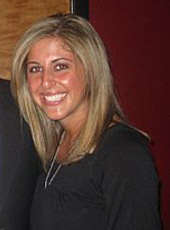
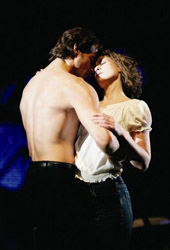
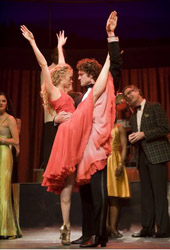
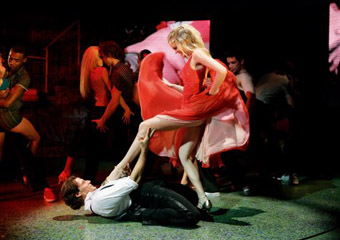
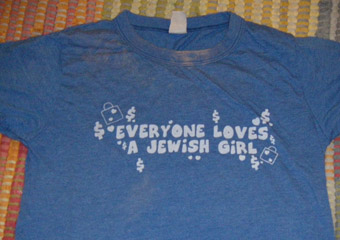
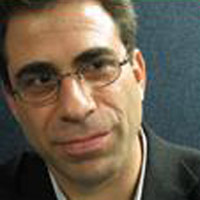
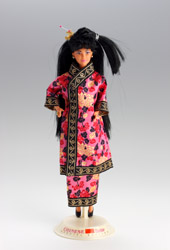

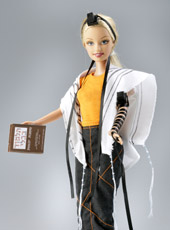
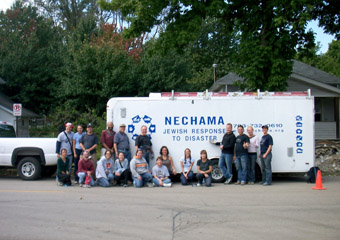

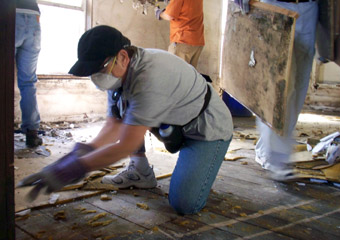
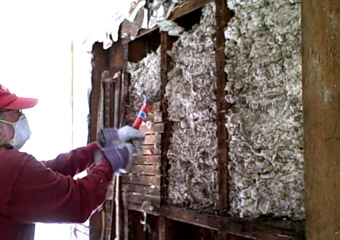
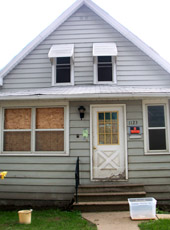

.jpg)
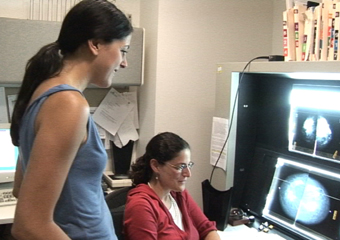

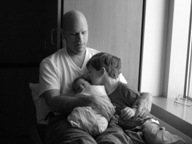
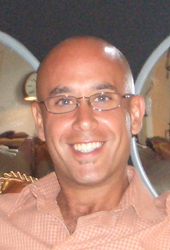
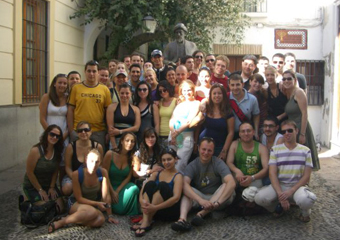
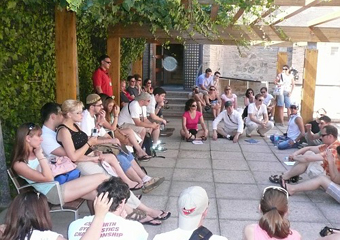
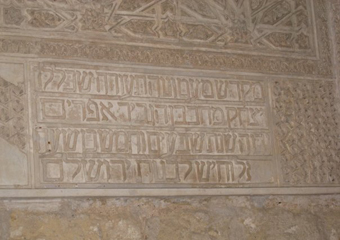

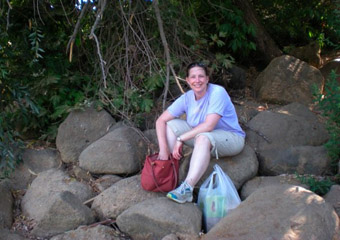

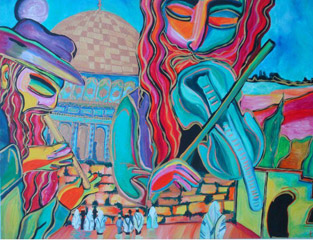
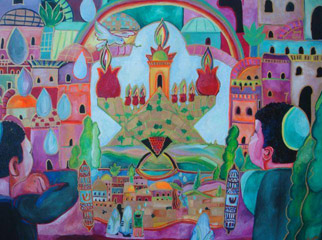
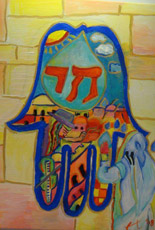
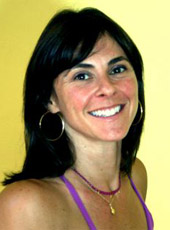
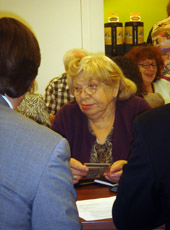

.jpg)



